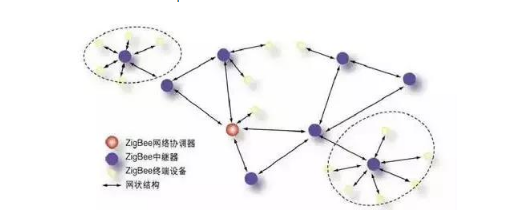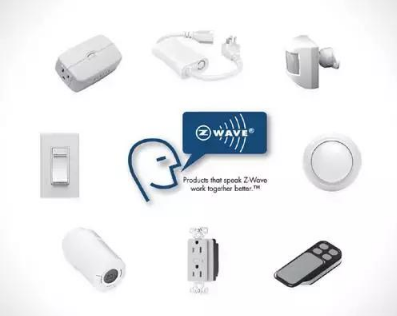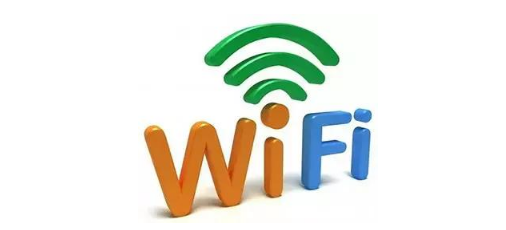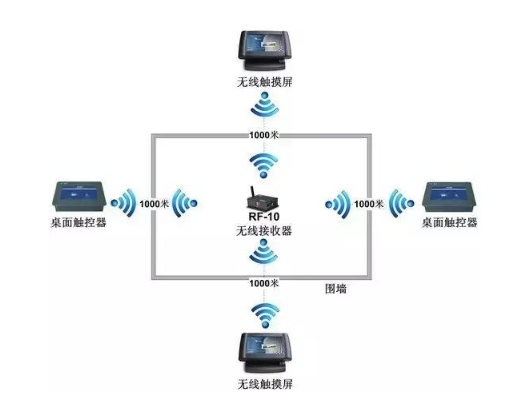Smart home communication technology is divided into wired and wireless. The main wireless technologies are: zigbee, z-wave, Bluetooth, wifi, RF, EnOcean, UWB. Zigbee The transmission distance is 50-300M, the rate is 250kbps, the power consumption is 5mA, and the number of network nodes is up to 65000. Its characteristics are close range, low complexity, self-organization, low power consumption, low data rate, and the biggest feature is the self-organizing network. It is mainly suitable for use in the fields of automatic control and remote control and can be embedded in various devices. Z-wave Mainly interconnected, standard unified, and stricter review. Z-Wave is a wireless networking standard led by the Danish company Zensys. Although the Z-wave Alliance is not as strong as the ZigBee Alliance, the members of the Z-wave Alliance are vendors that already have existing products in the smart home field. With more than 160 internationally renowned companies, the scope covers almost every country and region in the world. Bluetooth It is a wireless technology standard that enables short-distance data exchange between fixed equipment, mobile equipment and building personal area networks (UHF radio waves in the ISM band of 2.4 to 2.485 GHz). Bluetooth can connect multiple devices, overcoming the challenges of data synchronization. The transmission distance is 2-30M, the rate is 1Mbps, and the power consumption is between zigbee and WIFI. Mainly used in some small smart hardware products. Wifi A technology that allows an electronic device to connect to a wireless local area network (WLAN), typically using a 2.4G UHF or 5G SHF ISM RF band. It is currently the most widely used wireless communication technology, with a transmission distance of 100-300M, a rate of up to 300Mbps, and a power consumption of 10-50mA. RF It is a non-contact automatic identification technology. Compared with the traditional magnetic card and IC card technology, it has non-contact, fast reading speed, no wear, no environmental impact, long life, easy to use and anti-collision function, and can process multiple cards at the same time. The radio frequency technology performs non-contact two-way data transmission between the reader and the radio frequency card for the purpose of target recognition and data exchange. EnOcean Ac Motor,220V Servo Motor,Ac Motor With Speed Controller,Remote Motor With Speed Controller NingBo BeiLun HengFeng Electromotor Manufacture Co.,Ltd. , https://www.hengfengmotor.com




